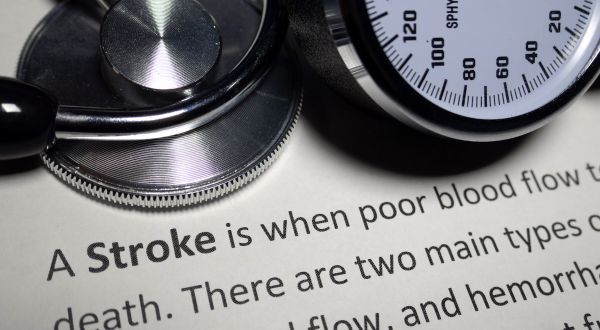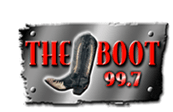
In observance of Stroke Awareness Month, the Arkansas Department of Health (ADH) is calling on caregivers to familiarize themselves with stroke warning signs. With strokes occurring every 40 seconds in the United States and around 30 people being hospitalized each day in Arkansas alone, swift action is crucial in emergencies.
ADH Deputy Chief Medical Officer and State Chronic Disease Director Dr. Bala Simon, MD, DrPH, states “stroke is the primary cause of disability and long-term care admission among working adults below the age of 65 in Arkansas. Fortunately, most strokes can be prevented through lifestyle modifications such as quitting smoking, maintaining a low-salt diet, increasing fruit and vegetable consumption, regular exercise, and controlling blood pressure.”
Recent data reveals in 2020, Arkansas witnessed 10,969 stroke cases, resulting in 1,684 fatalities. These figures positioned the state with the tenth-highest stroke death rate in the country.
To aid in recognizing the signs of a stroke and appropriate response, the ADH encourages people to remember the B.E.F.A.S.T. acronym:
B Balance: Watch for sudden loss of balance or coordination.
E Eyes: Observe for sudden vision changes or difficulty seeing.
F Face Drooping: Check if one side of the face droops or feels numb. Ask the person to smile.
A Arm Weakness: Determine if one arm is weak or numb. Request the person to raise both arms and see if one arm drifts downward.
S Speech Difficulty: Note if speech is slurred, the person is unable to speak, or if they are difficult to understand. Ask them to repeat a simple sentence, like “The sky is blue,” and check if it is repeated correctly.
T Time to call 9-1-1: If any of the above symptoms are present, even if they disappear, it is essential to call 9-1-1 immediately and transport the person to the hospital.
Apart from a previous stroke, several major risk factors associated with strokes include high blood pressure, transient ischemic attack (TIA), atrial fibrillation (Afib), and smoking. High blood pressure is the most important controllable risk factor, with approximately 77 percent of individuals experiencing their first stroke having blood pressure levels exceeding 140/90 mm Hg. An estimated 93 million Americans suffer from hypertension. Additionally, around 15 percent of strokes are preceded by a TIA, while Afib increases the risk of stroke up to five times and affects more than 2.7 million Americans. Current smokers face two to four times higher stroke risk compared to nonsmokers or those who quit smoking over a decade ago.
Individuals with any of these risk factors are strongly advised to schedule regular yearly check-ups with their primary care physician.
Arkansas is actively making advancements in acute stroke treatment through initiatives such as the UAMS Institute of Digital Health and Innovation Stroke Program, Mercy telestroke, and the Arkansas Stroke Ready Hospital (ArSRH) designation program. By familiarizing themselves with stroke warning signs and acting promptly, the public can contribute to improved outcomes in stroke cases. Remember to BE FAST!
For more information, visit healthy.arkansas.gov.
WebReadyTM Powered by WireReady® NSI










